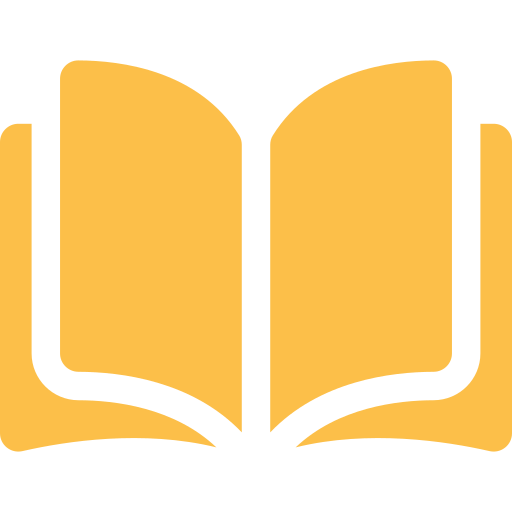
Learn in the Garden
School food gardens positively contribute to academic outcomes by enabling teachers to offer experiential learning opportunities that align with emerging teaching approaches across all grades. Participation in experiential learning activities, such as gardens, has been shown to enhance student engagement and positively impact behaviour and academic performance. Gardens also offer an environment where students’ food choices and eating habits are positively influenced through role modelling, informal education opportunities and healthy food selections.
This colouring book is a great way for young children to begin naming and recognizing objects, food, critters and more that they might see in the garden.
Owned by Nourish NS
This lesson will walk through the end-of-season practice of “putting the garden to bed” for the winter, and includes activities to help plan for next year’s garden.
Owned by Nourish NS
This lesson will cover when and how to harvest, as well as some fun activities to reflect on this past growing season and the future of your garden.
In this lesson, we identify some of the most common Nova Scotia garden weeds and how to get rid of them safely.
In this lesson, we will use some at-home methods to test garden soil composition and see what it's made of.
This lesson will go over recognizing some of the most common garden visitors, as well as some activities that can help attract more pollinators to a garden.
Learn the pros and cons of each type of garden, as well as how to plan and map out a garden.
This lesson will guide you through the process of “sun mapping” and transplanting seedlings into larger pots.
This lesson will guide young gardeners to create indoor seed starters using recycled egg cartons.
This activity can help students explore where their food comes from and why it's important to consider.
This handout provides instructions to up-cycle used paper into 'seed paper' for your garden, and is a great lesson about reducing waste and recycling nutrients back into the garden.
This activity page will tell you all you need to know about growing microgreens.
Hear primary students talk about what gardeners do and what the school food garden means to them.
This is a great video to show students to help them learn where their food comes from.
This video tells the story of a school that embodied the value of sharing as they prepare to make a school-wide meal with their garden harvest.
The teaching resource collection within the archives at the NCTR is composed of over 300 unique English-language resources and 100 French-language resources related to residential schools and other closely related topics.
This online book is a great resource to support your teaching of the impact of nature on health and well being.
This handbook has all you need to know to get out in the garden and inspire students by exploring the power of the seed and the starting point of all of our produce.
This document is certainly multi-use! If you'd like a glimpse into the infrastructure of some successful school gardens and are curious about the supplies and equipment needed, this has you covered.
This book speaks to the garden as having the power to engage youth in working toward solutions to social, ecological, and educational issues.
This resource walks you through the initial decisions needed to start a school food garden.
If you would like to explore the possibility of creating a Three Sisters Garden, this lesson plan is a great guide!
This hands-on lesson teaches students about the properties of soil and how composting is important to the environment.
Plants to Plates is an interactive food education program for children and youth

Curriculum Connection
Visual Arts: Have students work individually and with others in the creative art process. Experiment with different mediums to create garden themed artwork. Students can draw and photograph plants, film a short garden documentary (see our website for garden video inspiration) or paint garden signs on paper, wood and rocks.
Collect & Analyze: Gardens are the perfect setting for scientific exploration. Have students count vegetables or blossoms, measure plant growth, calculate area to determine harvest yields and test soil pH and mineral levels. School food gardens allow for opportunities to observe, gather, record and analyze information that can be applied to several key curriculum outcomes.

Story from the Field: Food Literacy in Action
Our school garden allows the students to participate in hands-on learning experiences which allow them to see the garden to table connection. Food that is grown in the garden is harvested and taken into our classroom where we can taste test and/or cook with different fruits and vegetables. Students are able to peel, chop, mix, stir, cook and bake as they try different recipes. They are all encouraged to try “3 little nibbles” of the food item and oftentimes, students will ask for additional servings! The best part is when parents write and tell me that their child asked to go to the grocery store to buy certain items so that they could make something we had cooked in class. - Elementary School Teacher































